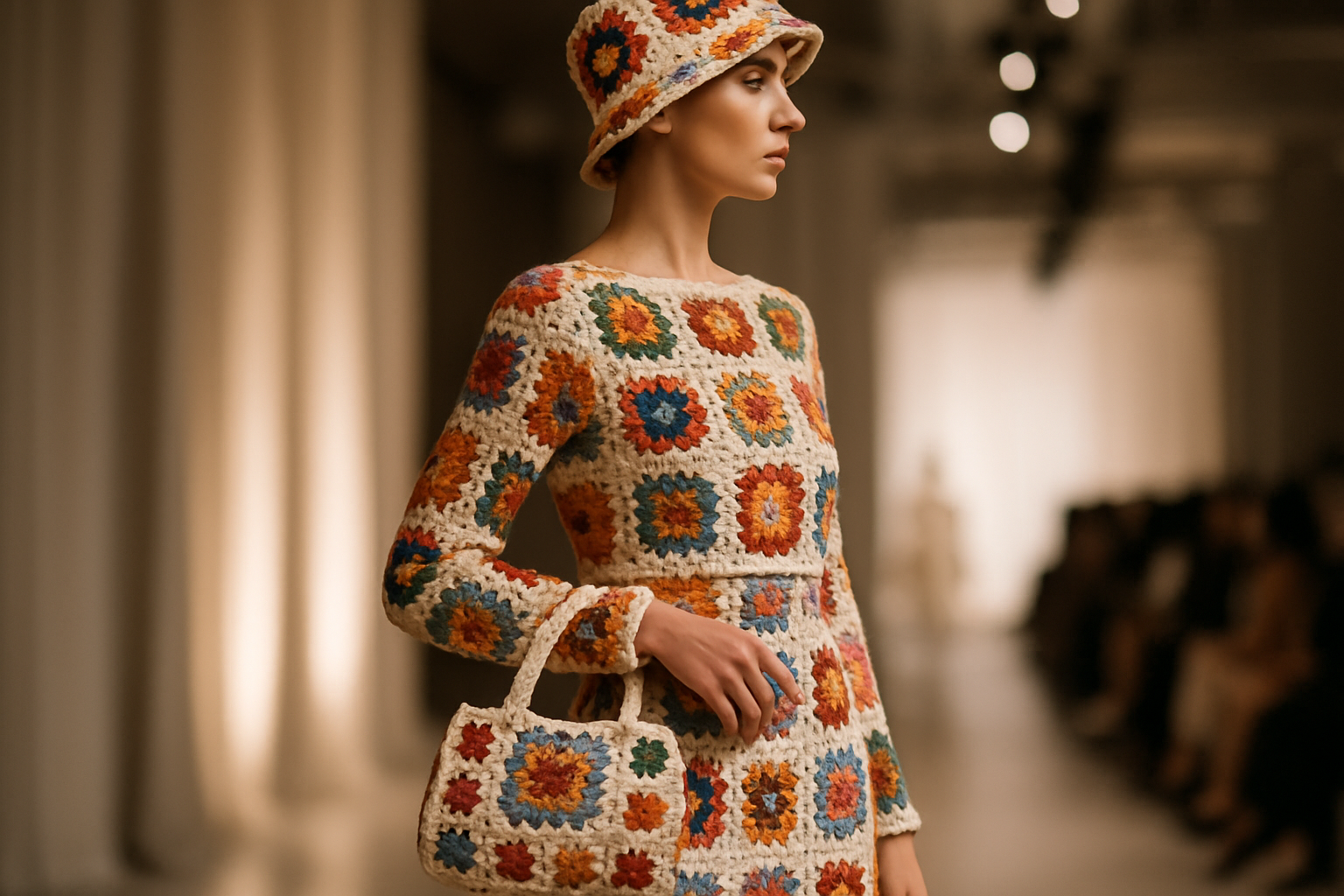Holographic Opera: A Technological Aria in Modern Performance
In the ever-evolving landscape of performing arts, a groundbreaking fusion of technology and classical artistry is captivating audiences worldwide. Holographic opera, a cutting-edge blend of traditional operatic performance and state-of-the-art holographic projections, is redefining the boundaries of musical theatre. This innovative approach not only preserves the rich heritage of opera but also propels it into the future, attracting a new generation of enthusiasts and challenging the conventions of live performance.

Technological Marvels Behind the Curtain
At the heart of holographic opera lies a complex network of high-resolution projectors, motion-capture systems, and advanced software. These elements work in concert to create three-dimensional images that appear to occupy physical space on stage. The technology allows for seamless integration of virtual scenery, fantastical creatures, and even deceased performers, opening up unprecedented creative possibilities for directors and designers.
Reimagining Classic Works
One of the most exciting aspects of holographic opera is its ability to breathe new life into classic works. Productions of Wagner’s Ring Cycle have utilized holographic technology to create awe-inspiring representations of mythical creatures and epic landscapes, while Mozart’s The Magic Flute has been transformed with ethereal, shape-shifting set pieces that respond in real-time to the music and performers.
Challenges and Controversies
Despite its potential, holographic opera has not been without its critics. Purists argue that the technology detracts from the human element of performance, while others raise concerns about the ethical implications of digitally recreating deceased artists. Technical challenges, such as maintaining the illusion of three-dimensionality from all audience perspectives, continue to push the boundaries of what’s possible in live performance.
The Future of Operatic Expression
As holographic technology continues to advance, its integration into opera promises to push the art form in exciting new directions. Collaborations between opera companies and tech giants are already underway, exploring the possibilities of augmented reality experiences for audience members and even fully virtual productions accessible from anywhere in the world. The future of opera may well be a harmonious blend of tradition and innovation, where the power of the human voice meets the limitless potential of digital artistry.




